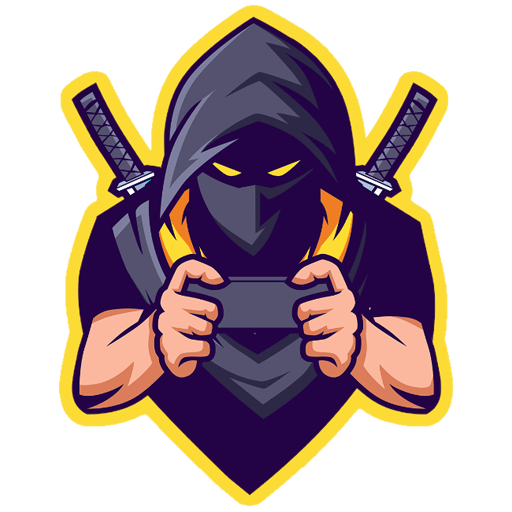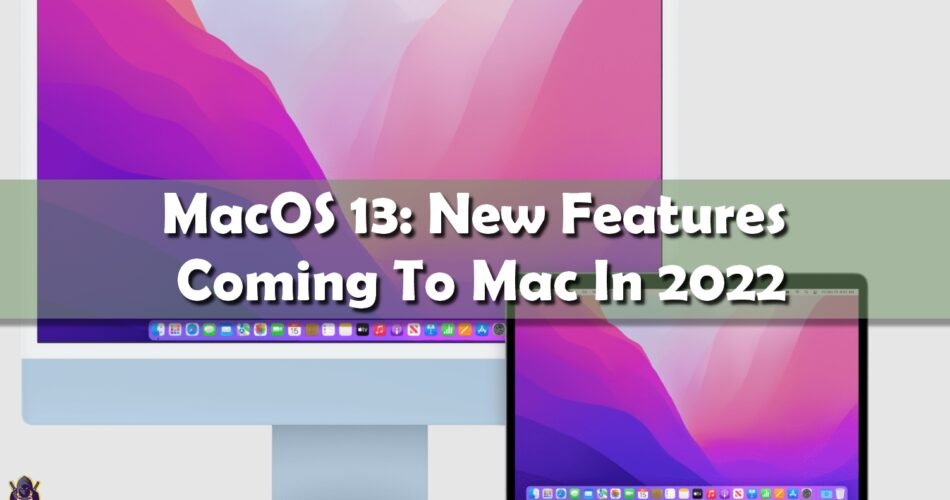Following the release of macOS 12 Monterey in 2021, followed by the 14-inch and 16-inch MacBook Pro models, speculation is now growing as to what the macOS 13, which is set to be shown at WWDC 2022, will bring.
In 2020, Apple began to move away from Intel processors in favor of its own Apple Silicon chips. These chips are now redefining what Macs are capable of, especially when it comes to playing games. While macOS Monterey has focused on productivity and communication fixes, macOS 13 could be a major update like the one not seen since macOS 11 Big Sur, reflecting this new change of direction.
With that in mind, we’ve combed through our Macs to round out the five features we’d like to see later this year, no matter how important or minor these are.

macOS 13 supported devices
As Apple is already well on its way to leaving Intel, it is only a matter of time before macOS will run exclusively on its own M1 and newer chips.
macOS 13 probably still supports Intel Macs for now. We expect the upcoming update to support at least the following Macs:
Mac Pro – end of 2013
Mac mini – beginning of 2015
iMac – In early 2015
iMac Pro – end of 2017
Mac Studio – Start 2022
MacBook Air – Beginning of 2015
MacBook Pro – Beginning of 2015
MacBook – Beginning of 2015
Release date rumors
Apple’s releases have worked like clockwork in recent years. There is a high probability that macOS 13 will be released on WWDC 2022 in addition to iOS 16, iPadOS 16 and others. Whether this will be a remote speaker again or a return to a personal event remains to be confirmed by Apple.
Apple typically announces the release date of a new update for macOS in addition to new Macs, so it could be October again, similar to the previous two years.
New features
- Widgets
The widgets first appeared in iOS 14 as early as 2020, but have slowly moved to iPadOS, where you can also move them anywhere on the home screen, while in macOS they are still locked to a column.
macOS 13 should allow you to move widgets anywhere on the screen. Some forget that gadgets first appeared on macOS back in 2004 with a control panel in Mac OS X 10.4 Tiger, as a way to manage them in a single application that would cover your screen.
- App Library
The App Library is another iOS feature that would be useful to have in the MacOS 13 Dock. While Launchpad and Finder give you a handy overview of installed apps and allow you to add them to folders, they are the only view you have.
This can be tricky if you have hundreds of apps, especially since a full-screen view of Launchpad can get in the way of everything you’re working on.
The Mac app library could easily categorize your apps and change some folders according to the time of day or your location, just like in iOS. It would be much more useful for Mac users, as a full-screen view on an iMac or external display seems too much.

- The time machine
The time machine is a feature that has fallen by the wayside in recent years, no matter how useful it has proven in the past. It takes several snapshots of your macOS during the day and if you lose a file, you can go back in time and restore it.
The time machine first appeared in Mac OS X 10.5 Leopard in 2006 and although it is still available in macOS, there is much room for improvement for macOS 13.
The other nature is backing up your iPad or iPhone via iCloud Backup, which allows you to save photos, messages, lock screen wallpapers and more to your iCloud account. You can also restore these backups to your device if you need to reset it.
However, there is no such feature for macOS; there is only the option of backing up to an external hard drive or directly to your Mac, which could beat the point if your Mac refuses to boot.
If iCloud backups are tied to Time Machine, it seems like an easy win for Mac users, as it’s safe but also known.

